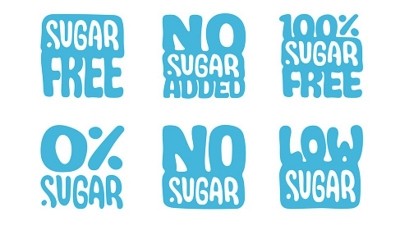Sweet complexities: ANZ ministers want clearer definition of ‘added sugars’ ahead of labelling policy changes

The ministers convened as part of the quarterly Food Ministers’ Meeting on food regulation and policy matters, where a major topic of discussion was the inclusion of ‘added sugars’ information in on-pack nutrition information panels.
Although the meeting generally agreed on the need for such information to be included, concerns were voiced over stating volumes in a quantified manner.
“FSANZ has completed a systematic literature review with regard to added sugars in the nutrition information panel [and found that] there may be complexities and challenges with implementing the option of simply quantifying these in the panel,” the ministers stated via the Food Regulation Secretariat.
“This indicates that this move may not achieve Food Ministers’ desired policy outcome, [hence] ministers have discussed alternative approaches to this.
“This includes the incorporation of a incorporating a definition of added sugar into the Food Standards Code as a matter of priority, to ensure added sugar claims align with dietary guidelines.”
This definition was called for as a result of FSANZ findings that a significant proportion of consumers currently still have poor understanding of what ‘no added sugar’ entails, leading to concerns that allowing such claims could lead to a health halo effect in the market.
“A sizable proportion (17% - 30%) of consumers did not understand [that] products with ‘no added sugar’ may still contain sugar, or were unsure,” the FSANZ study authors stated in their final report.
“[So if this is presented simply by quantifying the sugar content in the nutritional panel], it is unclear whether consumers would perceive ‘zero grams of added sugars’ to mean that completely no sugar is present, [even] if total sugar information was presented in close proximity.
“[One study] suggested that presenting ‘added sugars’ information as zero grams [might] create a health halo, but based on the data available it is not possible to draw a definitive conclusion.”
The researchers found that general consumer understanding of ‘added sugars’ is very literal, referring to sugar that is added during the processing or manufacturing process, perceived to be done by manufacturers.
FSANZ will launch a three-week public consultation in September 2023 calling for comment on what the definition of ‘added sugars’ should be – industry stakeholders and consumers can find more information on this here.
Nutritional labelling changes to come
When the definition has been set, the next step will be for ministers to decide how the quantity of ‘added sugars’ will be displayed in nutritional panels, and whether or not simple quantifying will be sufficient.
“Consumer testing will be the next step, to identify the best way to incorporate added sugars information into the NIP and on front of package labelling,” they said.
“Apart for direct quantification which remains [our] preferred option for now, there are other options being considered such as the use of a pictorial about sugar on sugary beverages or sugar-sweetened beverages; or changing the statement of ingredients to identify sugars-based ingredients.”



















